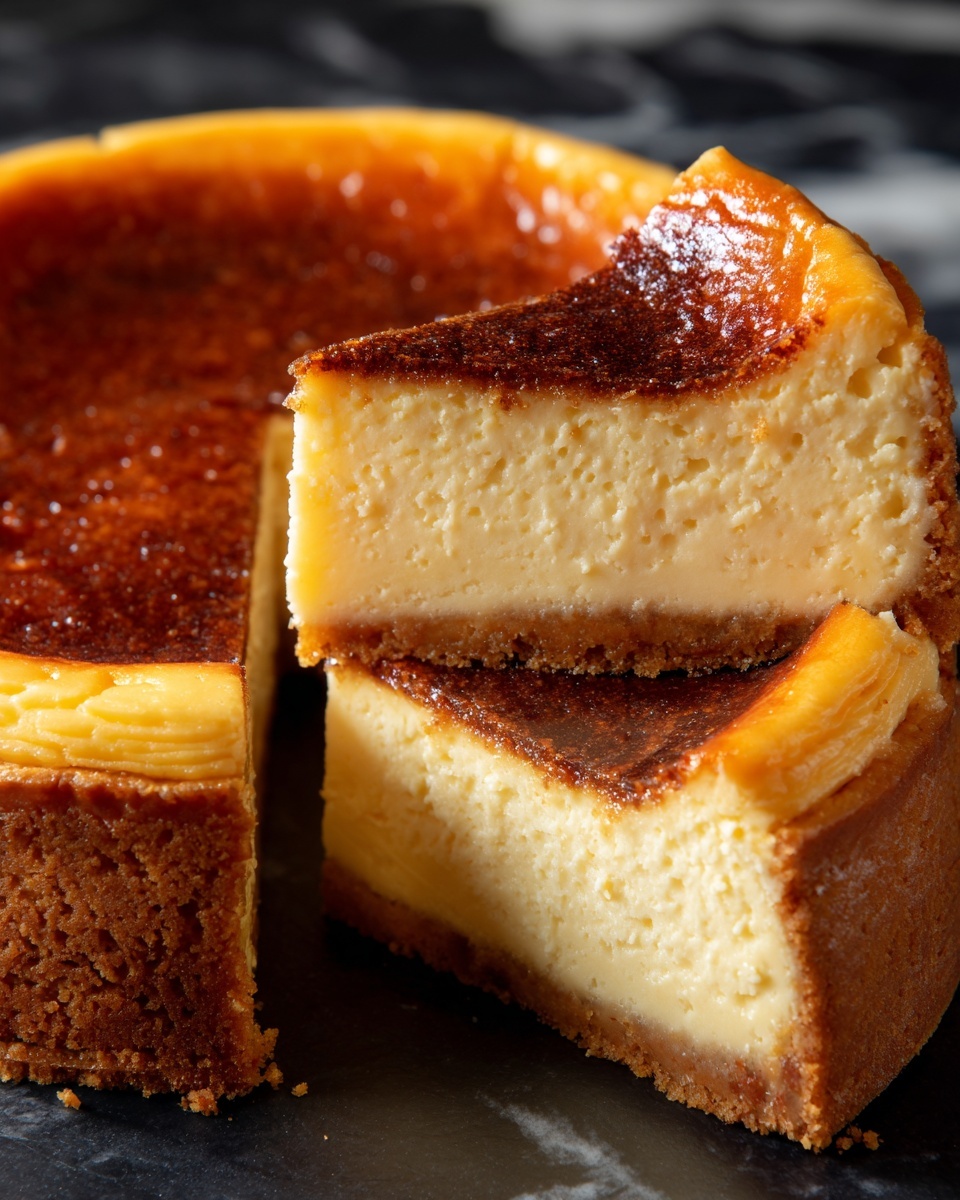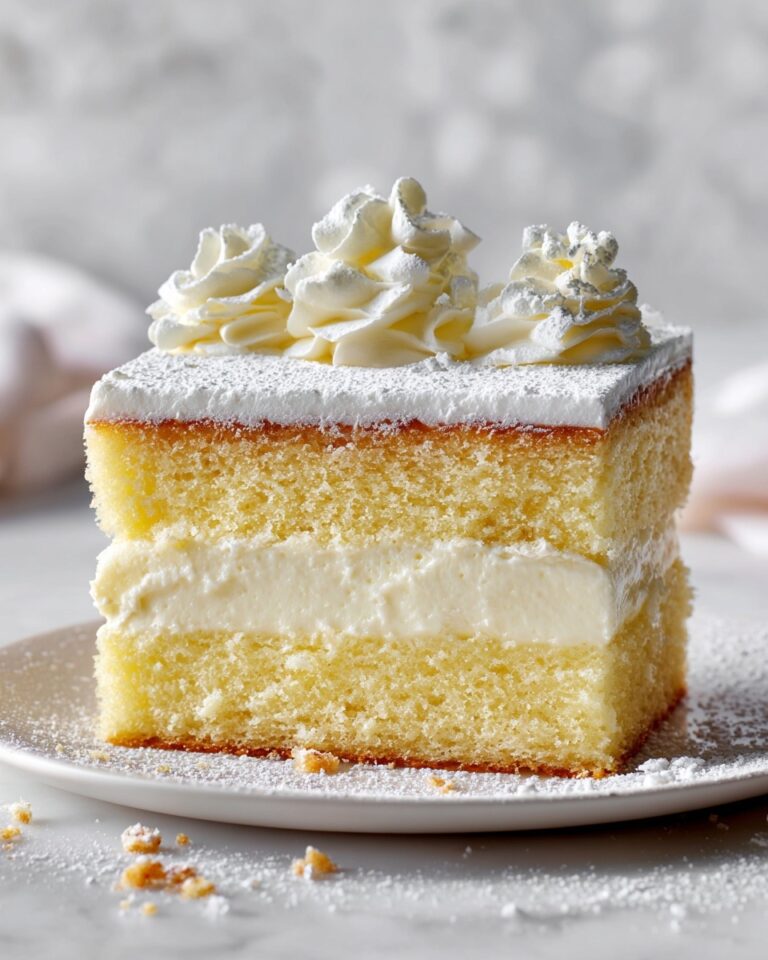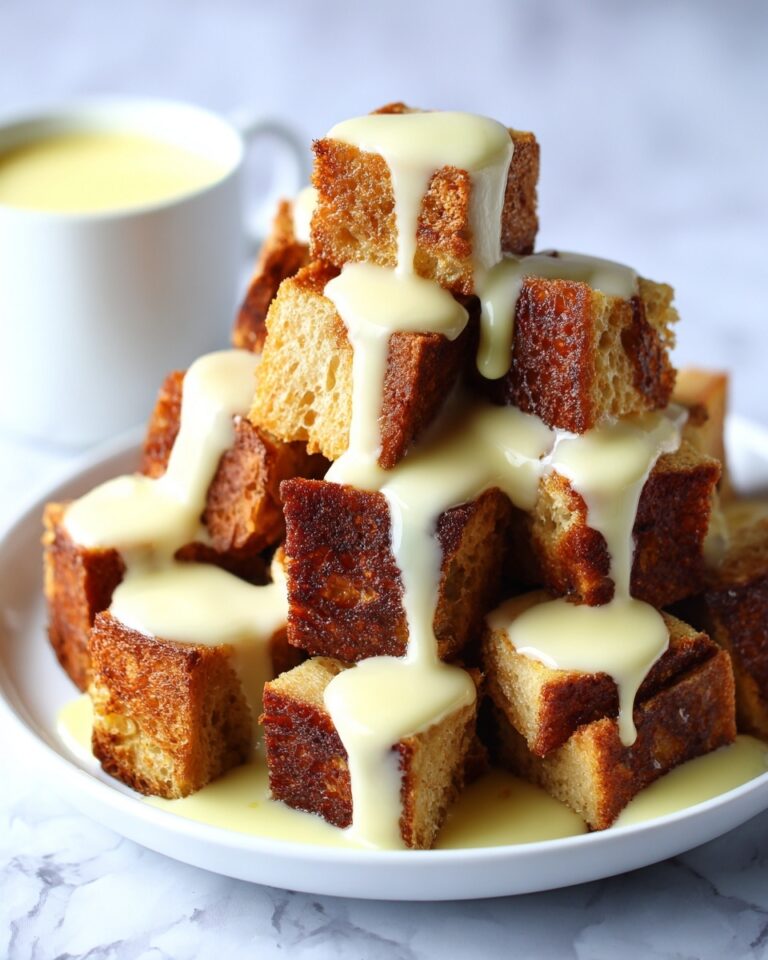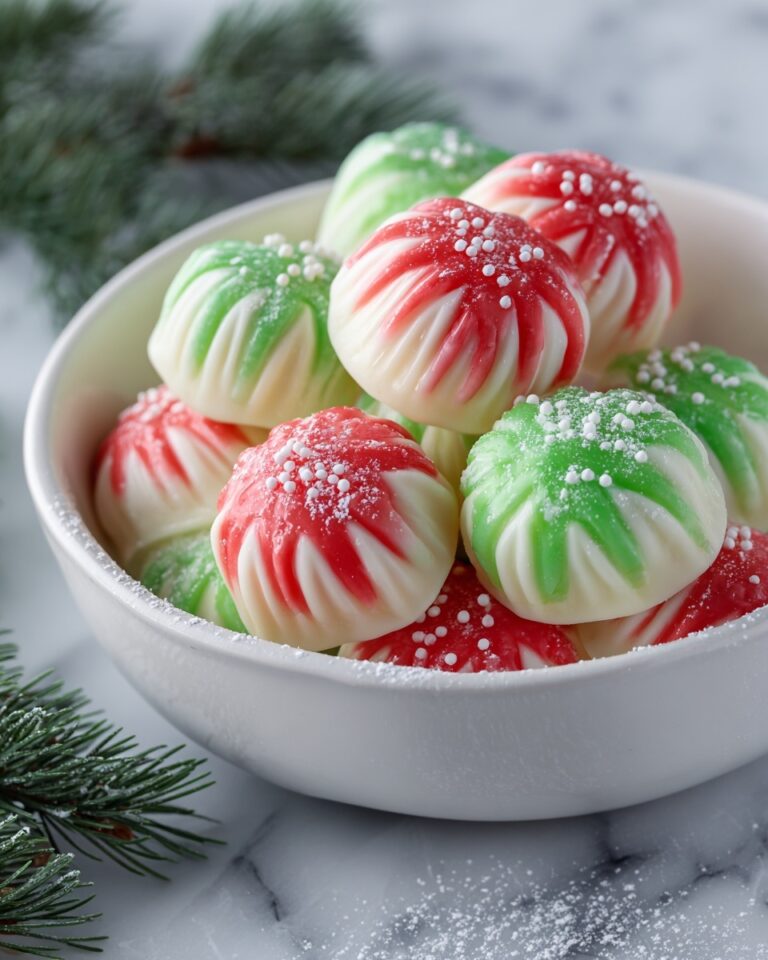If you have a sweet tooth and love discovering indulgent treats, you are going to absolutely fall for this Basque Cheesecake Recipe. Originating from the Basque region of Spain, this cheesecake is unlike any other with its deeply caramelized, almost burnt top and decadently creamy interior. The magic lies in its simplicity—just a handful of everyday ingredients come together to create a luxurious, melt-in-your-mouth dessert that’s easy to make but sure to impress. Whether it’s a special occasion or just a treat for yourself, this Basque Cheesecake Recipe is the perfect way to celebrate bold flavor and rich texture in every bite.

Ingredients You’ll Need
Don’t let the short list fool you—each ingredient in this Basque Cheesecake Recipe plays an essential role in building its signature flavor and creamy texture. These simple pantry staples combine to create a cheesecake that’s uniquely rich, smooth, and irresistibly caramelized on top.
- Cream Cheese: Use 2 pounds at room temperature for the creamiest, fluffiest base without any lumps.
- Granulated Sugar: Adds just the right amount of sweetness and helps with browning.
- Large Eggs: Six eggs provide structure while keeping the cheesecake wonderfully velvety.
- Heavy Cream: Two cups give it that luscious richness and smooth mouthfeel.
- All-Purpose Flour: Just a quarter cup to stabilize the batter while maintaining softness.
- Salt: A pinch enhances all the flavors and balances the sweetness.
- Vanilla Extract: One teaspoon for a hint of warmth and depth.
How to Make Basque Cheesecake Recipe
Step 1: Prepare Your Oven and Pan
Start by heating your oven to 400°F (200°C). Line a 9-inch springform pan thoroughly with parchment paper, making sure the paper extends well above the sides of the pan. This overhang helps you easily lift the cheesecake out when it’s done. Proper lining also protects the batter as it bakes, allowing that signature burnt top without sticking.
Step 2: Beat the Cream Cheese and Sugar
In a large mixing bowl, blend the cream cheese and granulated sugar until the mixture is perfectly smooth and creamy. This step is key for eliminating any lumps and creating that luscious cheesecake texture, so take your time and beat well.
Step 3: Incorporate the Eggs One by One
Add the eggs one at a time, mixing thoroughly after each addition. This gradual folding keeps the batter stable and airy, preventing it from curdling and ensuring a silky consistency.
Step 4: Mix in the Cream, Vanilla, and Salt
Pour in the heavy cream along with the vanilla extract and salt. Mix gently but thoroughly to combine the flavors evenly. These ingredients give the cheesecake its famous richness and subtle aromatic undertone.
Step 5: Add the Flour
Sift the all-purpose flour over the batter and fold it in carefully. This helps smooth out any lumps and thickens the batter just enough to hold its shape without getting dense.
Step 6: Bake to Perfection
Pour your silky batter into the prepared pan, tapping it gently on the counter to release any trapped air bubbles. Pop it in the oven and bake for 50 to 60 minutes until the top turns a deep golden brown with almost burnt edges, while the center remains delightfully jiggly.
Step 7: Chill Before Serving
Once baked, let the cheesecake cool completely at room temperature. Then refrigerate it for at least 4 hours or preferably overnight to set properly. This resting time elevates the flavors and firmness, making it easier to slice and oozing with rich creaminess.
How to Serve Basque Cheesecake Recipe

Garnishes
This cheesecake shines with minimal adornment. A light dusting of powdered sugar or a few fresh berries can accentuate the flavors without competing with the intensely caramelized top. If you want to add an elegant twist, drizzle a little honey or berry compote on the side for a touch of sweetness that complements the cheesecake’s subtle tang.
Side Dishes
Basque cheesecake pairs wonderfully with a cup of robust coffee or a glass of sweet dessert wine like a late harvest Riesling or Pedro Ximénez sherry. For a refreshing contrast, serve alongside a simple citrus salad or a scoop of tart sorbet to balance the creamy richness.
Creative Ways to Present
Try slicing the cheesecake into small squares or rustic wedges for a communal dessert table. Serve it on a wooden board with scattered toasted nuts or edible flowers to highlight its artisanal charm. You can also layer thin slices with fresh fruit in a parfait glass for an impressive twist that combines texture and freshness.
Make Ahead and Storage
Storing Leftovers
Keep your Basque Cheesecake Recipe leftovers tightly covered in the refrigerator to maintain its creamy texture and prevent it from absorbing other odors. Stored properly, it will remain fresh and delicious for up to 4 days.
Freezing
You can freeze this cheesecake in portions for up to 2 months. Wrap individual slices or the whole chilled cake in plastic wrap followed by aluminum foil for best results. When ready to enjoy, thaw it overnight in the fridge to preserve that perfect creamy consistency.
Reheating
If you’d like a warm slice, gently reheat your cheesecake in a low oven (around 300°F or 150°C) for 10 to 15 minutes. This will soften the texture slightly but avoid overheating to retain the luscious creaminess. Alternatively, room temperature slices are just as delightful and often preferred.
FAQs
What makes Basque cheesecake different from regular cheesecake?
Unlike traditional cheesecakes that are smooth with a baked crust, Basque cheesecake is known for its deeply caramelized, almost burnt surface and incredibly creamy, custard-like interior. It’s baked at a high temperature without a crust to develop its unique flavor and texture.
Can I use low-fat cream cheese or substitute heavy cream?
For the best texture and richness, full-fat cream cheese and heavy cream are recommended. Using low-fat alternatives may result in a less creamy and more dense cheesecake.
Why does the Basque cheesecake have a burnt top?
The “burnt” top is actually a deeply caramelized layer created by baking at a high temperature. It adds a slightly smoky flavor that perfectly contrasts the sweet, smooth interior and is a hallmark of the Basque Cheesecake Recipe.
How do I know when the cheesecake is done baking?
The cheesecake is ready when the top is deeply golden to dark brown and the edges are set but the center still jiggles slightly like custard when you gently shake the pan. This ensures a creamy, melt-in-your-mouth texture.
Can I make this Basque cheesecake recipe in a different pan size?
The recipe works best in a 9-inch springform pan to achieve the right height and texture. If using a larger pan, reduce the baking time and expect a thinner cheesecake; in a smaller pan, baking time may increase slightly.
Final Thoughts
This Basque Cheesecake Recipe is a true treasure for anyone who loves bold flavors and creamy textures all in one spectacular dessert. It’s surprisingly simple to make but delivers an impressive wow-factor every time you serve it. I wholeheartedly encourage you to try it out and share this delicious treat with your favorite people—you’ll be amazed how something so effortless can taste so extraordinary!
Print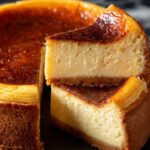
Basque Cheesecake Recipe
- Prep Time: 15 minutes
- Cook Time: 55 minutes
- Total Time: 5 hours 10 minutes
- Yield: 10 servings
- Category: Dessert
- Method: Baking
- Cuisine: Spanish
Description
This Basque Cheesecake recipe delivers a creamy, rich, and beautifully caramelized dessert with a deeply golden brown top and a soft, jiggly center. It combines simple ingredients like cream cheese, eggs, heavy cream, and sugar, baked at a high temperature to achieve its signature burnt crust and custard-like texture, perfect for a sophisticated yet easy-to-make treat.
Ingredients
Cheesecake Batter
- 2 lbs cream cheese, room temperature
- 1 1/2 cups granulated sugar
- 6 large eggs
- 2 cups heavy cream
- 1/4 cup all-purpose flour
- 1/2 teaspoon salt
- 1 teaspoon vanilla extract
Instructions
- Preheat Oven: Preheat your oven to 400°F (200°C). Line a 9-inch springform pan with parchment paper, making sure to leave enough overhang on all sides for easy removal.
- Beat Cream Cheese and Sugar: In a large mixing bowl, beat the cream cheese and granulated sugar together until the mixture is smooth, creamy, and free of lumps.
- Add Eggs: Incorporate the eggs one at a time into the cream cheese mixture, beating thoroughly after each addition to ensure a smooth and consistent batter.
- Add Cream, Vanilla, and Salt: Pour in the heavy cream, vanilla extract, and salt, then mix until everything is fully combined and the batter is smooth.
- Sift and Add Flour: Sift the all-purpose flour into the batter and blend carefully until there are no lumps remaining, ensuring a silky texture.
- Prepare for Baking: Pour the cheesecake batter into the prepared springform pan, tapping the pan gently on the counter to release any trapped air bubbles.
- Bake: Place the pan in the oven and bake for 50 to 60 minutes, until the top is a deeply golden brown and the center still jiggles slightly when shaken—this is crucial for the proper creamy texture.
- Cool and Chill: Allow the cheesecake to cool completely at room temperature. Once cooled, refrigerate it for at least 4 hours or ideally overnight to set before slicing and serving.
Notes
- Room temperature ingredients are essential for a smooth batter and even baking.
- Do not overbake; a slightly jiggly center ensures a creamy texture.
- Parchment paper overhang helps lift the cheesecake easily from the pan.
- The burnt top is a signature feature of Basque cheesecake, providing a deeper flavor.
- Refrigerate overnight for best texture and flavor development.

